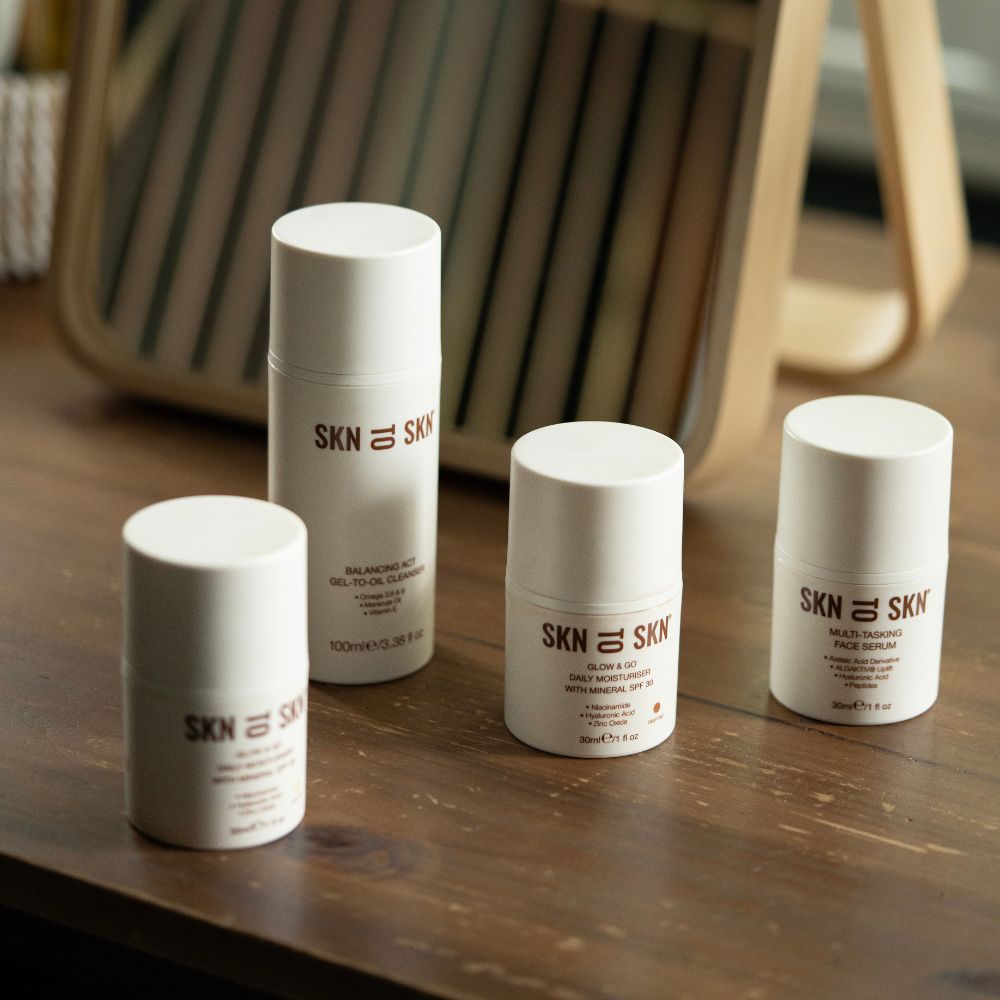Melasma affects between 15% and 50% of pregnant people worldwide*, making it one of the most common skin conditions during pregnancy. It typically appears on the face as symmetrical dark patches, often triggered by hormonal changes and sun exposure.
*Oakley, A. M., & Patel, B. C. (2023). Melasma. StatPearls [Internet]. Treasure Island (FL): StatPearls Publishing. National Library of Medicine
In this episode, our GP Advisor Dr. Raj Arora discusses melasma, also known as the 'pregnancy mask', and shares effective treatments to target pigmentation.
What Causes Melasma?
Melasma is often triggered or worsened by pregnancy hormones, which increase melanin production and lead to dark patches on the skin. Those already prone to melasma may see it intensify during pregnancy.
Sunlight and even some artificial light (like LED and fluorescent) can worsen melasma, as both UV and blue light stimulate more pigment. Daily sun protection is key, even indoors.
What Can You Use/Do To Manage Melasma?
During pregnancy, it's best to avoid the chemical treatments commonly used for melasma. Since these aren't safe options during this time, the focus should shift to prevention and protection. Dermatologists recommend using a high-quality mineral SPF daily and minimising exposure to heat and direct sunlight whenever possible.
It’s also recommended to maintain positive lifestyle habits: stay well-hydrated, eat a balanced diet, and support your skin with antioxidants like vitamin C, either through your diet or by using a gentle vitamin C serum to brighten skin.
Melasma: Final Thoughts...
While melasma can be frustrating and feel like an unwelcome change, it’s a common condition during pregnancy. The most widely recommended approach is to focus on protection, as most active treatments are typically started after pregnancy.
 Written by Dr Raj Arora, SKN TO SKN GP Advisor
Written by Dr Raj Arora, SKN TO SKN GP Advisor






